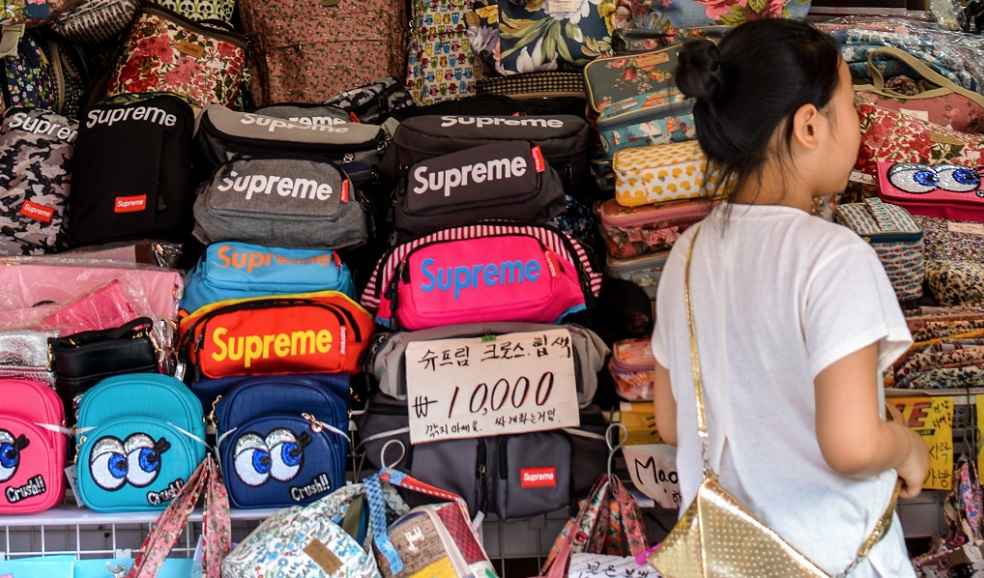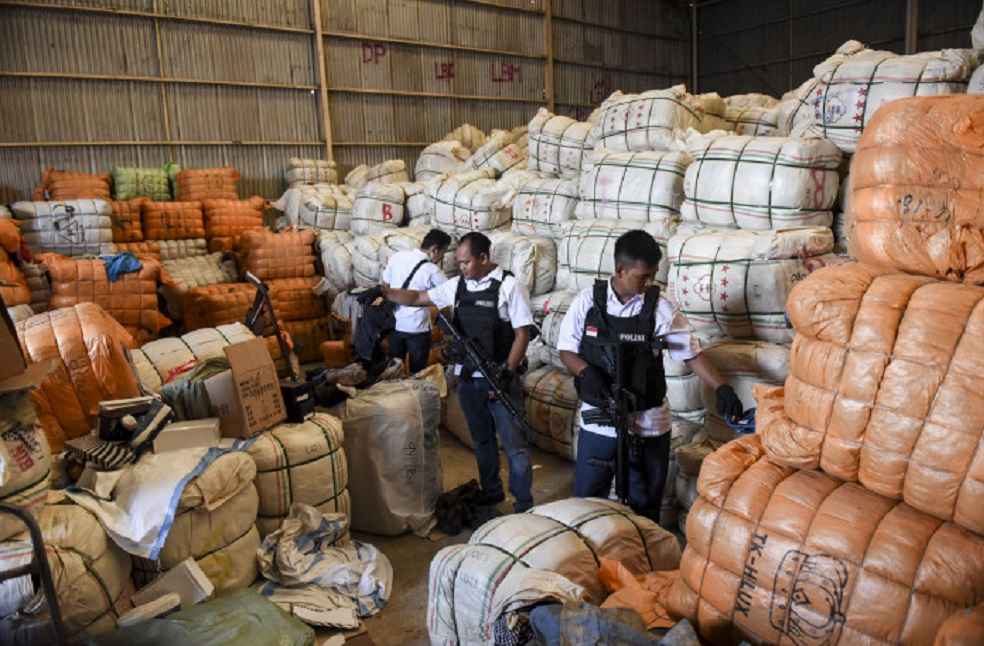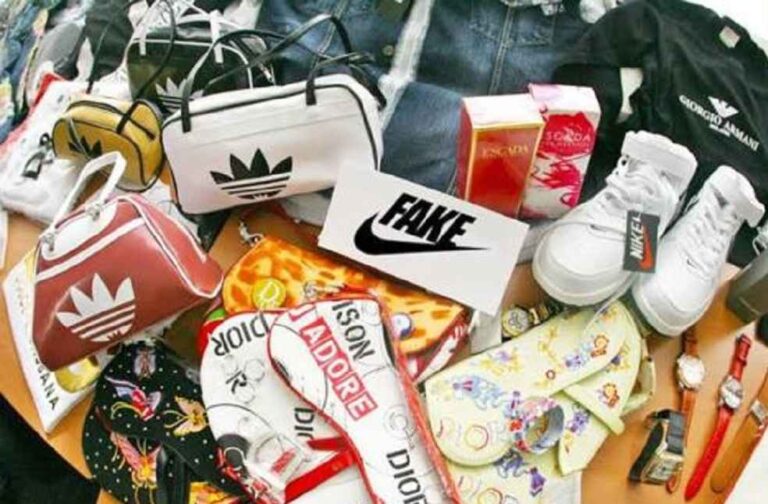The maxim ‘You get what you pay for’ often rings true in consumer behavior. Yet, the booming counterfeit fashion industry stands as a formidable exception. The FBI has termed it the “crime of the 21st century,” with its global market now eclipsing the illegal drug trade in high margin. Social media, with its widespread influence, has only amplified the visibility of these imitation products.
This raises an intriguing question: How do U.S. retailers legally offer products that bear a striking resemblance to high-end brands? The answer lies within the framework of U.S. intellectual property (IP) law, particularly concerning contemporary fashion. The U.S. approach differs markedly from Europe’s, allowing some retailers to sell knockoffs—items designed to mimic but not exactly replicate original products—without crossing into illegal territory.

Knockoff goods present themselves as alternatives rather than exact replicas. They do not pretend to be the original product and typically lack any branding that could mislead consumers. Lululemon, for instance, which hosted a pop-up event in 2023 where knockoffs could be exchanged for genuine $98 leggings. This event underscores the prevalence and acceptance of such goods within the U.S. market.
Counterfeits, by contrast, are crafted with the intention of deceiving. These items mirror the original in quality and appearance, exploiting the reputation of established brands and inflicting substantial financial damage.
The U.S. legal stance on counterfeits is less stringent compared to that of Europe. Italy and France, for instance, have enacted laws criminalizing both the purchase and sale of counterfeit goods. A recent enforcement example involved French authorities shutting down 11 shops in April 2024, seizing 63,000 counterfeit items, and arresting ten suspects. Such actions often ignite debates over their socio-economic impacts, particularly on impoverished communities.

In the U.S., the landscape is different. No federal or state law penalizes the purchase of counterfeit goods. Legislative initiatives aimed at addressing this issue, such as a proposal by former New York City Councilwoman Margaret Chin, remain stalled. Canal Street in New York City—synonymous with counterfeit commerce—sits a short walk from the U.S. Attorney’s Office for the Southern District of New York. The proximity underscores the legal leniency; a federal prosecutor could purchase a counterfeit handbag without violating any laws.
In 2023, U.S. Customs and Border Protection intercepted counterfeit goods worth over $2.7 billion, with fashion items like handbags and wallets comprising nearly half of the seizures.
The counterfeit market’s impact extends beyond economic dimensions. Alarmingly, funds from counterfeit sales have been traced to terrorist activities. The 1993 World Trade Center bombing and the 2004 Madrid train attacks both had financial ties to counterfeit goods. Moreover, profits from counterfeit sales in New York have been linked to organizations such as Hamas, Hezbollah, and Al-Qaeda.
IMEX SECTOR | South-South Fisheries Trade Booms, Fueling Growth and Global Food Security



